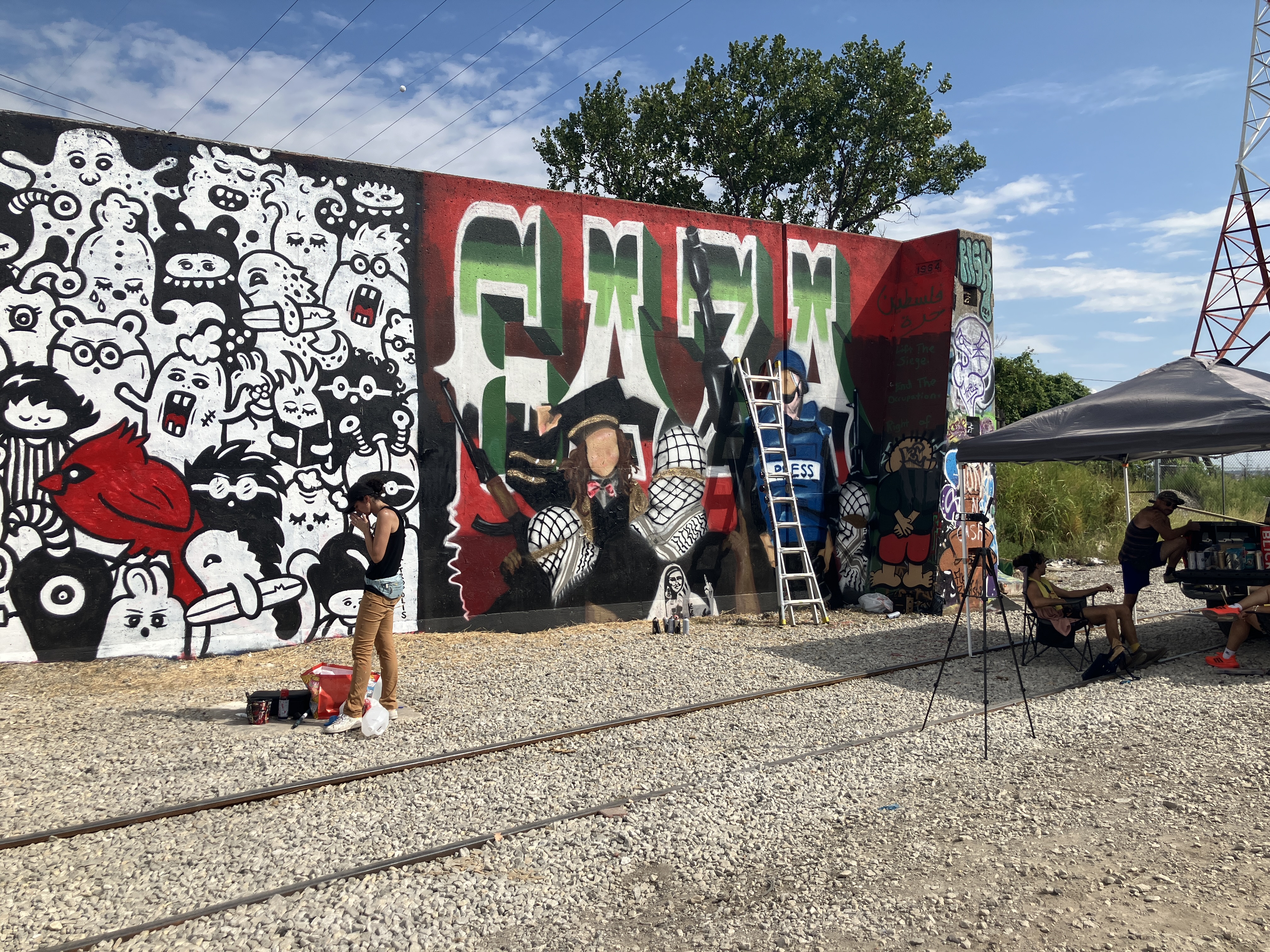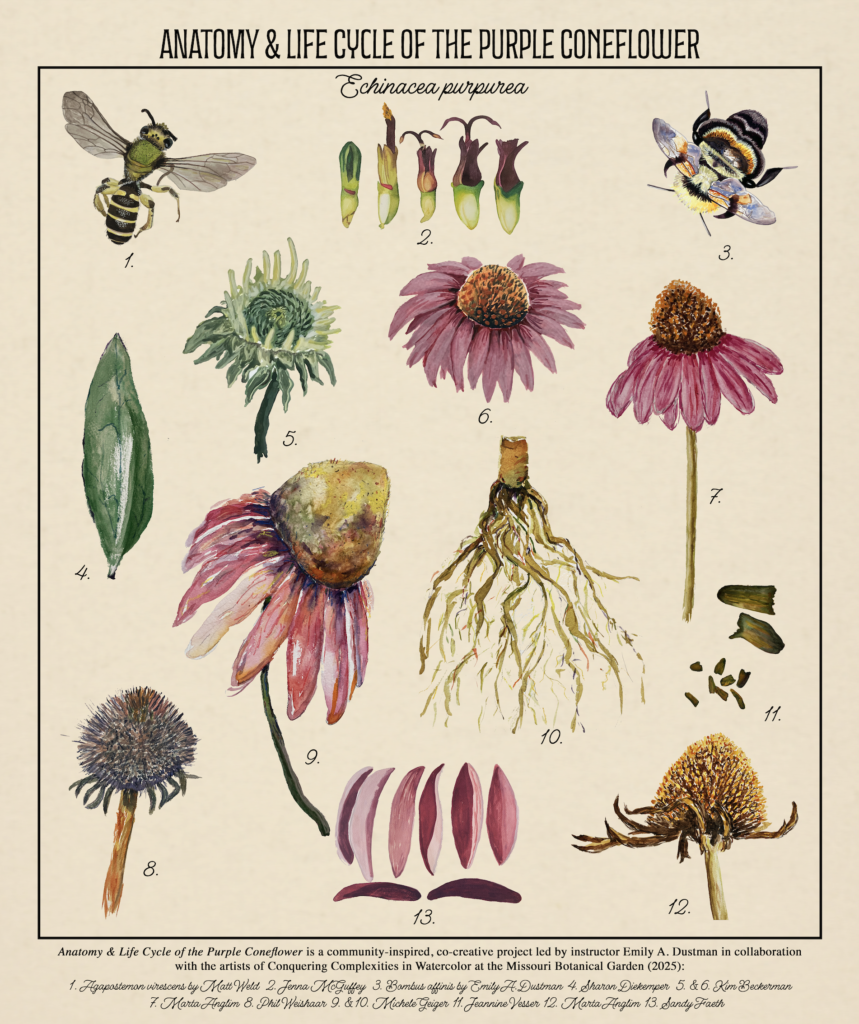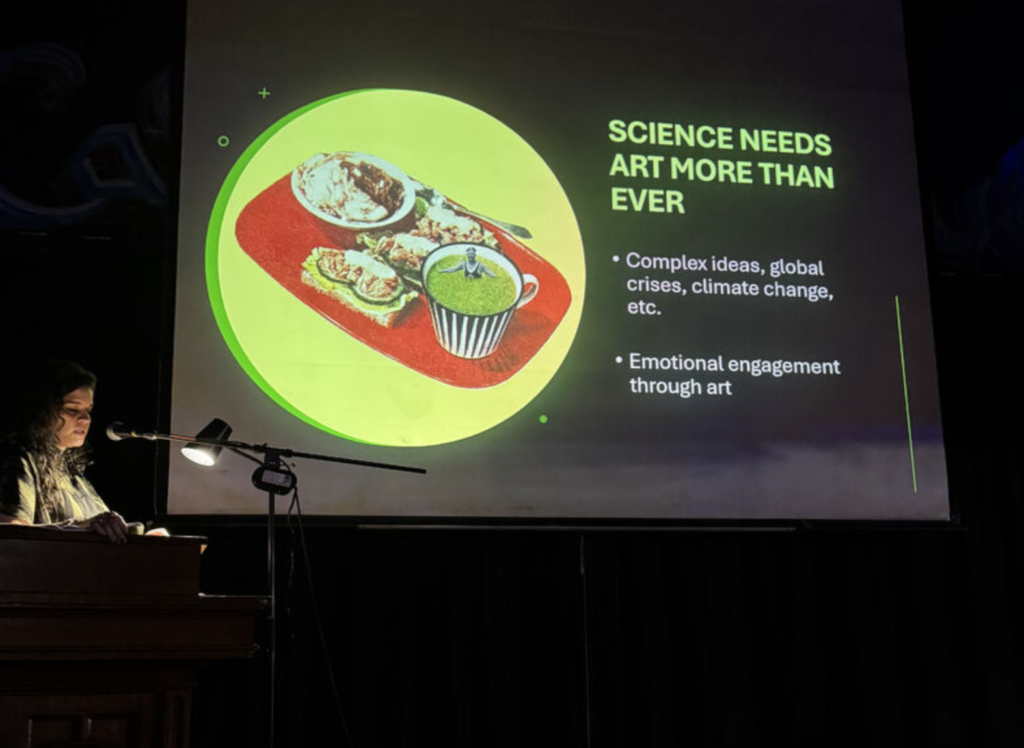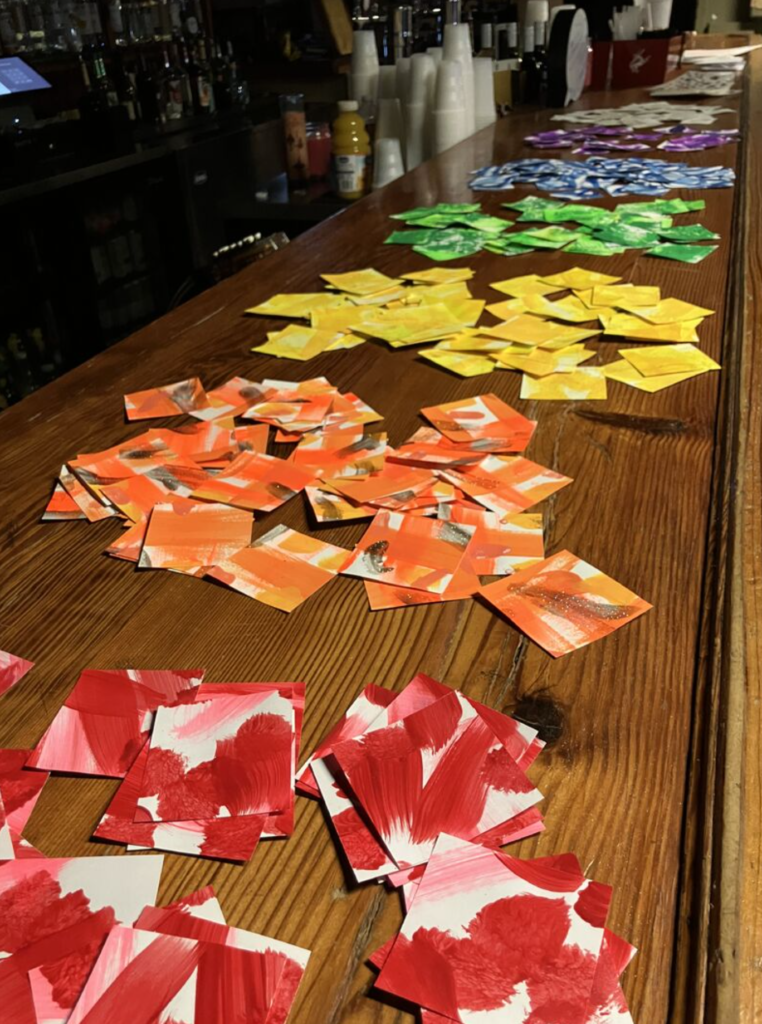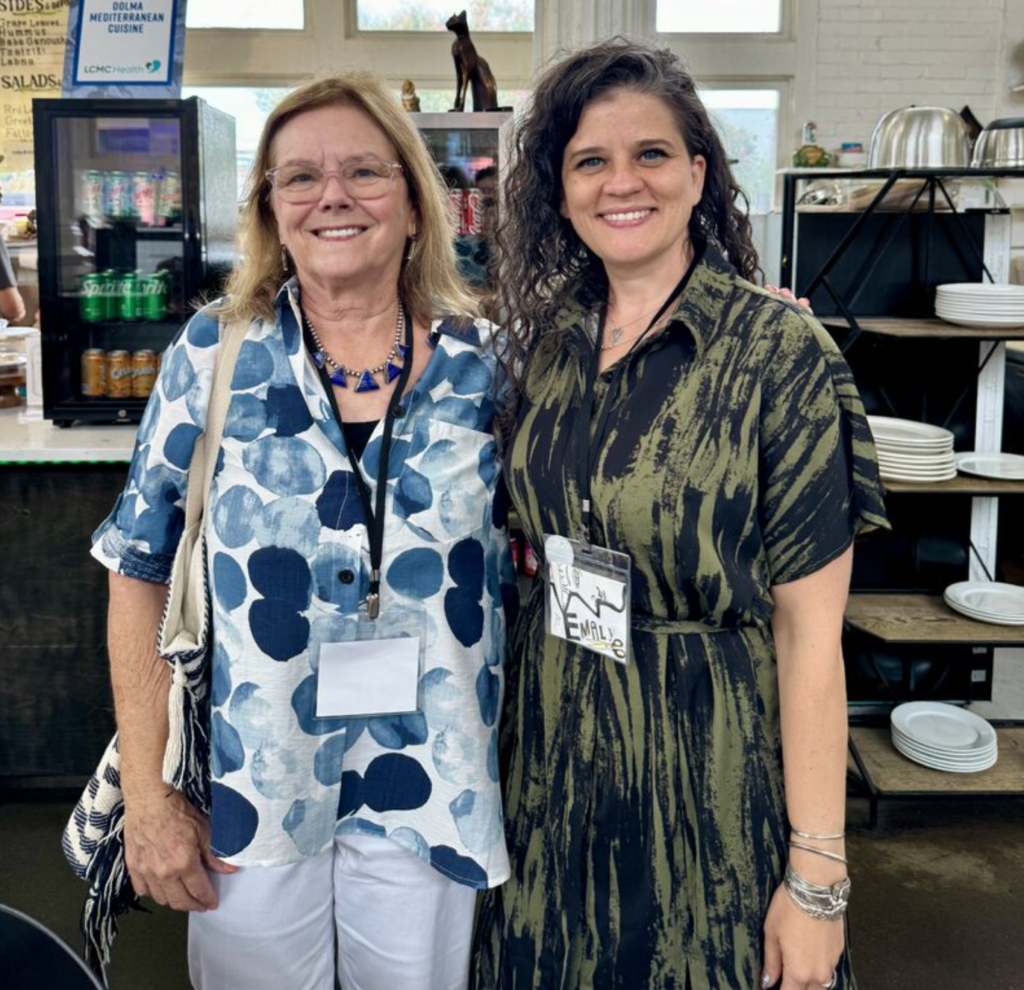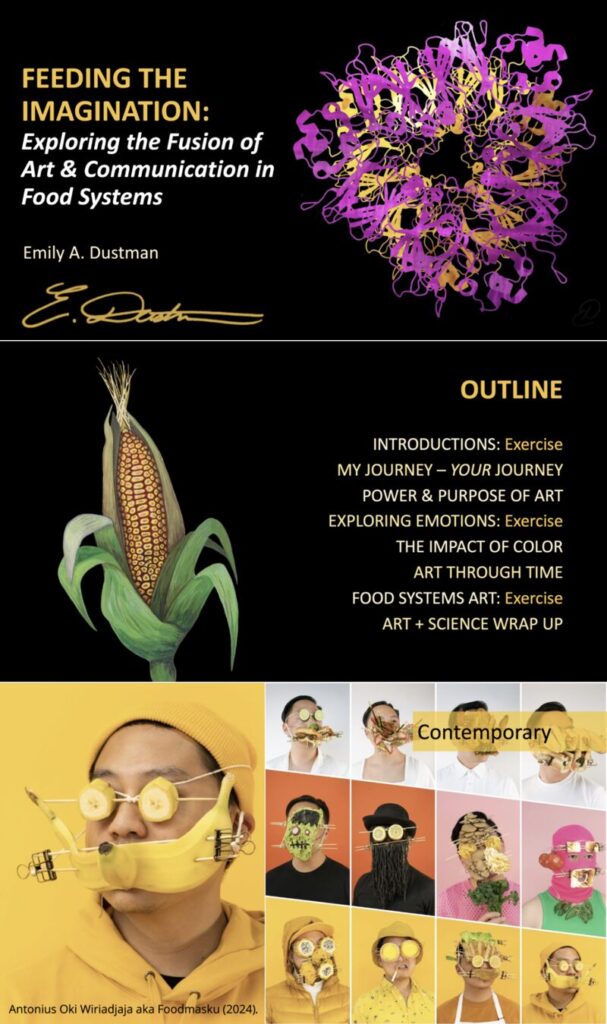Each year, I circle one weekend on my calendar without fail—Paint Louis. It’s a highlight not only for me but for artists and art lovers around the world.
Paint Louis stands as the largest graffiti festival on the planet, transforming the St. Louis flood wall into a massive canvas that stretches nearly two miles. Recognized by Guinness World Records as the longest continuous mural in existence, the wall becomes a living gallery of color, movement, and collaboration.
This year’s gathering brought together nearly 500 artists from across the globe—including visitors from Germany, Canada, and Australia—all eager to contribute their voice to this sprawling masterpiece. What makes Paint Louis so remarkable is how it elevates street art beyond aesthetics; it’s a shared language of resistance, beauty, and belonging. These walls tell stories of identity, community, and creativity, making art something everyone can experience, not just those who walk through gallery doors.
Among the many standout sections, I was especially drawn to the panels painted by the all-women collectives, a vivid reminder of the growing visibility and impact of women in street art, a space long dominated by men.
There’s something electrifying about seeing artists from all walks of life transform the gray expanse of the flood wall into a living conversation. Paint Louis captures what’s best about art itself: collaboration, courage, and the freedom to create. I’m already counting down the days until next year’s wall comes alive again.
